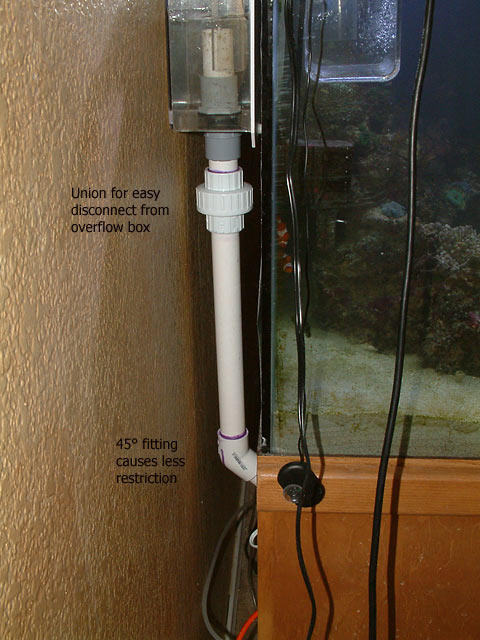<a href=showthread.php?s=&postid=9843871#post9843871 target=_blank>Originally posted</a> by woz9683
Hmm, I see. Well maybe I should ask a more general question. I'm working with 1/2" cast material and getting joints that are completely clear about 80% of the way across the joint. For some reason though, at either edge the joints are developing a small line of bubbles as they cure for the first hour or so. And, I just can't figure out what the cause is.
There are a number of variables.
What brand of acrylic is it? Also understand there can be variations from batch to batch from the same company.
Is the router/jointer blade *absolutely* straight? Test the acrylic edge by placing a straightedge on it to see if it wobbles.
Is the (horizontal) material warped? Same thing, put a straightedge on it to see if it wobbles.
Sometimes the solvent is just evaporating too fast (this is why I like mixing my own)
Even with all that, there are still mysteries for me too. I've never met anyone nor ever heard of anyone who can get perfect joints all the time with every material, just doesn't happen and I'm no exception by any means. Extruded acrylic is fairly simple since it muches out very easy, might get an ooze bubble but the joint will be clear. Cast can have fairly extreme variations in mole wt which helps determine the solvent used, or even if it will glue well at all. Some cell cast acrylics simply don't want to glue well.
Pray to the plastic Gods, spend a little time alone with the material, drink a beer, toast the plastic, talk to the plastic, pet it a little, and explain the situation. Trust me on this, it's my routine everytime we do a $10k glue joint. If you think I'm a bit superstitious, you'd be right

HTH,
James



